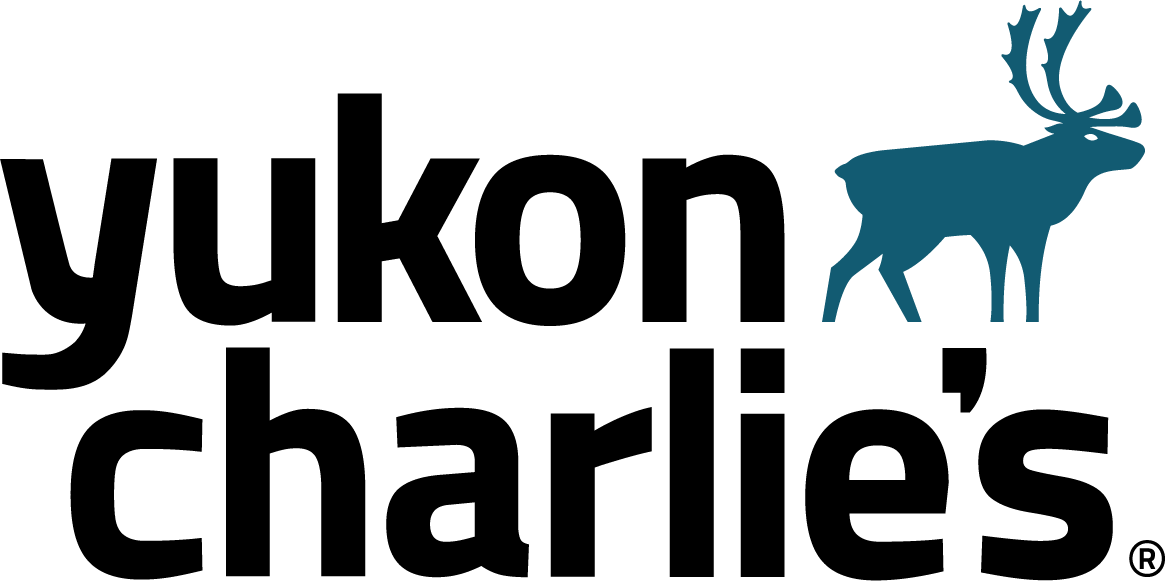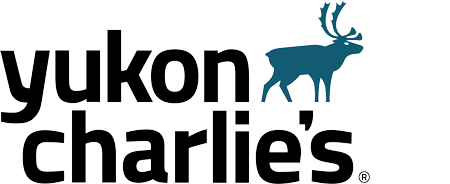This is installment 2 of a 3 part series here on the Yukon blog featuring National Parks that are great for snowshoeing. If you missed Part 1 you can check that out here, and stay tuned for installment number 3!
___
The National Parks and forest areas have many of the world’s amazing views. Visitors flock to areas like the Grand Canyon during all times of the year for a glimpse at the rock formations. From Yosemite and many other parks, you look down to canyon floors nearly a mile away, and we dare you not to get dizzy.
These parks with their beautiful lands are off limits without paying hefty entrance fees and jostling your way through a crush of visitors to get your allotted 30 seconds available for soaking in all the views and sights.
Snowshoeing gives you options to view our National Parks and forests from a far different perspective. Few people visit the parks during the winter. The crowds who trample the trails and fill the air with hot dusty grit vanish. In an instant, your unhindered views of acres and miles of majestic peaks and layered stone transport you to another century and feeds your soul.
Many National Parks charge little or no fees during the winter. Trails range from easy to extreme, with most falling in the moderate to difficult category.
Always tell someone the general area you plan to go and check conditions before you leave. The NPS site has that information.
Green Mountain & Finger Lakes National Forests, Rutland, Vermont
 Finger Lakes and Green Mountain National Forests are located on the border of New York and Vermont. Offering something for everyone, Green Mountain tends to edge out the others during the winter months.
Finger Lakes and Green Mountain National Forests are located on the border of New York and Vermont. Offering something for everyone, Green Mountain tends to edge out the others during the winter months.
Choose your Snowshoe path from well-marked trails or practice your bushwhacking skills as you make your way through the forests and woods. Green Mountain National Forest has something available for any level of difficulty you can handle.
Head for Lincoln Gap West Vista Trail for an easy to moderate Snowshoe hike. This trail is one-third of a mile for the round-trip hike. You will not see many people along the way, but there are beautiful views of the Breadloaf Wilderness, Breadloaf Mountain, and South Lincoln. Use care when going near the ledges as the rocks get slippery. The average trip time is 15 to 30 minutes for the round-trip trek.
The experienced Snowshoe enthusiast might want to head to Root Beer Ridge Trail. Located near Moses Pond Road, this trail makes a loop of five or more miles. Plan to explore unmarked hills, wooded areas, beaver ponds, and brooks. Wet spots and steep terrain on this backcountry trail combine to make for a difficult trek.
Know Before You Go
- Layered clothing recommended
- Definitely, print out the map and take a compass or GPS unit
- Check each parks condition before heading out
- Trail Difficulty: Easy, Moderate, Difficult
Black Hills National Forest, Western South Dakota and Northeastern Wyoming

Photo courtesy of Black Hills-via U.S. Forest Service – Black Hills National Forest
With 1.2 million acres of hills, mountains, and forests, you will find no lack of Snowshoe trails throughout the Black Hills National Forest. Trails ranging from easy to the extreme are located throughout the park. Here is one you can choose for overnight camping.
Take a short Snowshoe hike at Rimrock Trailhead (Trail #79) for an easy jaunt accessible from the road. If you want to move a little and jog off some excess energy, hike the Rimrock Trail. Accessible near the Timon Campground, head through ponderosa pine, quaking aspen and paper birch. Part of this trail includes the 6-mile Little Spearfish Trailhead (Trail #80) which is one of the loops.
You’ll discover two looped trails along this 7.2-mile Snowshoe challenge. A spur trail connects to the Old Baldy Trail if you want to continue your journey. Stay overnight at the Timon Campground where Spearfish Creek houses the American Dipper on a year-round basis.
Timon Campground has 7 single sites next to Little Spearfish Creek, located in Little Spearfish Canyon. There is a camping fee, so check the site before leaving.
Know Before You Go
- Sudden snowstorms are not uncommon
- If you plan to hike the full 7.2 miles, wear layered clothing and take water and a compass
- Tell someone your planned route and arrange for pickup at either end if you do not plan to hike on or stay at the campground.
- Trail Difficulty: Easy, Intermediate
Grand Canyon National Park, Arizona

Although the South Rim of Grand Canyon National Park often has enough snow for Snowshoeing activities, word has it that the North Rim offers the best in Grand Canyon Snowshoeing. When it closes to traffic on October 15 each year, the North Rim returns to the primitive rugged desert setting it’s always been.
One of the more popular Snowshoeing areas is the North Kaibab Trail. Jacobi Road is the only way to access the North Rim with a motorized vehicle, aside from airplane or chopper. As Jacobi Road often closes due to poor weather, you may need to Snowshoe into the park. The spectacular views make every step worth it. Views from the North Rim are among the most beautiful in the world.
You need a backcountry permit to camp overnight while Snowshoeing. A backcountry permit is not required for day hikes, but contact the park regarding fees. Normally, camping permits are limited to a two-night stay. During the winter months, that period extends to a four-night stay. There is a Lodge available on the north edge of the Grand Canyon in Kaibab National Forest called Spring Valley Cabin. Contact them at the link to Kaibab NF for reservations starting at $100 a night.
Know Before You Go
- The elevation is more than 8100 feet, where thinner air is harder to breathe
- Even if you plan a day hike, take overnight gear as weather conditions may leave you stranded
- You can take your pup above the rim
- Trail Difficulty: Difficult. Be prepared for sudden weather changes with no warning

No matter where you live, a fabulous Snowshoeing adventure is nearby. Usually, within about a half a day’s drive, you reach areas suitable for Snowshoeing during the winter months.
Remember to take a map, compass/GPS, layered clothing, water, high-protein snacks, a first-aid kit, flares or emergency alert systems, matches, a survival blanket and always tell someone where you plan to go and when to expect your return.
In our next article, we plan to cover a couple of unusual Snowshoe treks that range from easy to difficult.








Is there a list of ski resorts that allow snowshoeing? I am specifically looking for those on the East Coast
NY
VT
PA
W.VA
Hi Jenna! I’m afraid that’s not a list we have at the tips of our fingers. We’d need to do the same Google searching as you. Our friends at Snowshoe Mag may be able to help though. Here’s an article they published back in 2013: https://www.snowshoemag.com/2013/01/11/north-americas-top-10-snowshoe-friendly-ski-resorts/